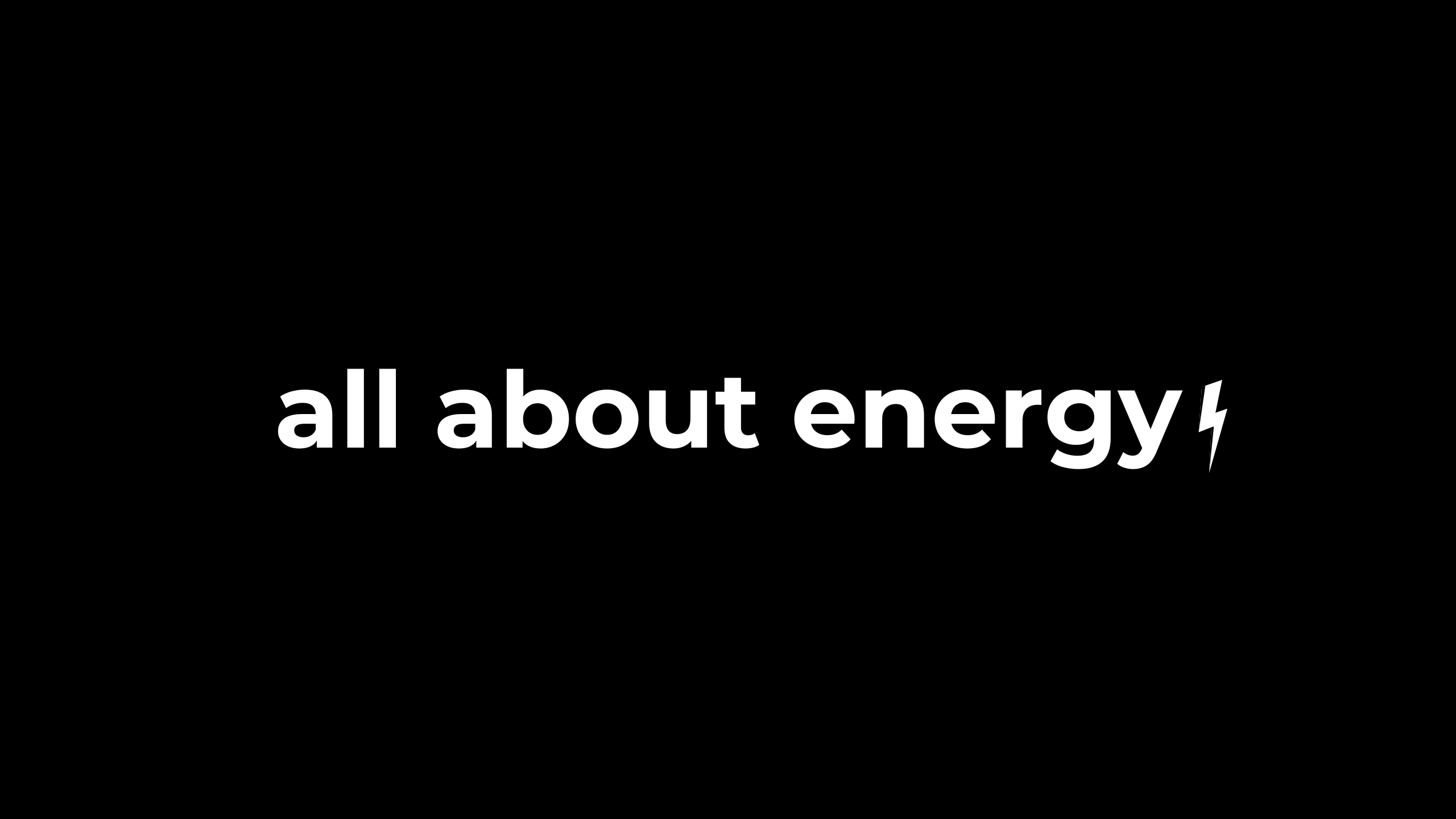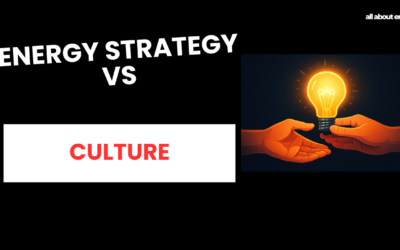Thermodynamics Made Simple: The 4 Laws Explained
Written by Joe Wright
As someone responsible for reducing energy costs in your organisation, meeting compliance requirements, or aiming for ambitious net-zero targets, understanding the basics of thermodynamics can be a game-changer. These foundational principles aren’t just for scientists—they’re essential in designing and maintaining efficient energy systems. Let’s break down the four laws of thermodynamics, and I’ll show you how each one impacts energy management strategies that can save your organization money, help you stay compliant, and support your sustainability goals.
The Zeroth Law of Thermodynamics: Setting the Temperature Standard
Let’s start with what’s called the Zeroth Law. Although it sounds odd to begin with “zero,” this law was named after the others were already established. It’s fundamental because it deals with thermal equilibrium, the state where two systems at the same temperature don’t exchange heat with each other. Essentially, if two systems are in equilibrium with a third system, they are in equilibrium with each other.
Why does this matter? This law allows us to measure and compare temperatures accurately, making thermometers and temperature control systems reliable. In energy management, the Zeroth Law is critical for designing systems that maintain consistent, efficient temperatures. For example, you might use it to optimize heating and cooling in your office or factory. In a world where every kilowatt counts, efficient temperature regulation reduces unnecessary energy consumption, lowers costs, and extends equipment life.
The First Law of Thermodynamics: Conservation of Energy
The First Law, also known as the Law of Energy Conservation, states that energy cannot be created or destroyed; it can only change forms. This means energy is always accounted for in any process, though it may appear in different forms—like when fuel burns to power machinery, releasing energy as both motion and heat.
As you focus on energy efficiency in your business, the First Law is a reminder to track energy flows meticulously. Every process in your operation that consumes energy has the potential for waste. By understanding this law, you can take steps to capture waste heat, optimize lighting and HVAC systems, and invest in energy-efficient equipment. Efficiency isn’t just about reducing consumption; it’s about ensuring that as little energy as possible is lost, helping you lower costs and shrink your carbon footprint.
The Second Law of Thermodynamics: Embracing (and Minimizing) Inefficiency
The Second Law introduces the concept of entropy, a measure of disorder or randomness. This law states that in any closed system, entropy tends to increase over time. In simpler terms, energy becomes less useful over time, and no machine or process can be 100% efficient because some energy is always lost—often as heat.
For your business, the Second Law is a practical reality check. While you can improve energy efficiency, complete elimination of energy waste is impossible. However, understanding this principle allows you to focus on minimizing energy loss. For instance, upgrading to energy-efficient motors, insulating buildings, or using technologies like heat recovery systems in industrial processes can help capture and repurpose some of that wasted energy. Reducing inefficiency translates directly to cost savings and better energy management, a win-win for both your bottom line and sustainability targets.
The Third Law of Thermodynamics: Theoretical Limits and Practical Insights
The Third Law of Thermodynamics states that as you approach absolute zero, the lowest possible temperature, the motion of particles nearly stops, and entropy reaches its minimum value. In practice, reaching absolute zero is impossible, but this law provides insights into how materials behave at extremely low temperatures. This has led to innovations in fields like cryogenics and superconductivity.
While this law might seem more abstract, it’s actually very relevant if your organization relies on high-performance or precision equipment that operates at low temperatures. Understanding the Third Law can help you make more informed choices about materials and technologies that enhance system efficiency, particularly in sectors like manufacturing or data centers where cooling is a major energy cost.
Why Should These Laws Matter to You?
By understanding and applying these four laws, you’re not only adhering to fundamental principles of science but also creating a framework for smarter energy use. Here’s how they benefit your organization:
- Energy Cost Savings: Optimizing your systems based on thermodynamic principles helps you eliminate unnecessary energy loss, meaning more of your budget goes toward productive activities rather than waste.
- Regulatory Compliance: Compliance with energy-related regulations, like the Energy Savings Opportunity Scheme (ESOS) or Streamlined Energy and Carbon Reporting (SECR), often hinges on demonstrating efficient energy use and minimized waste. Applying these laws in your energy management strategy helps ensure that you meet or exceed compliance requirements.
- Progress Toward Net-Zero Goals: Meeting net-zero targets requires strategic, well-informed energy decisions. By conserving energy, minimizing inefficiency, and utilizing innovative technologies, you’re contributing to a broader sustainability vision that benefits both your business and the environment.
Understanding these thermodynamic principles might feel like delving into physics, but their impact on your bottom line, compliance, and sustainability goals is immediate and significant. Energy management isn’t just about conserving power; it’s about aligning with the very laws that govern energy itself. By doing so, you position your organization as a forward-thinking, responsible leader in energy efficiency and environmental stewardship.
So, let’s make these laws work for your business. Whether you’re updating your building’s insulation, upgrading your HVAC system, or exploring renewable energy options, each step brings you closer to an energy-efficient, cost-effective, and compliant future.
Watch the video for a quick overview of this topic:
You May Also Like…
Compliance Simplified
If you’re part of any of the mandatory compliance scheme like SECR, ESOS, or the many others out there, then you...
Why maintenance matters for energy management
When you think about improving your energy management, where does your mind go first? Upgrades? New systems? Cutting...
Creating A Culture Of Energy Efficiency
If your business is subject to compliance schemes like ESOS or SECR, you’re not alone. A lot of the companies I work...




